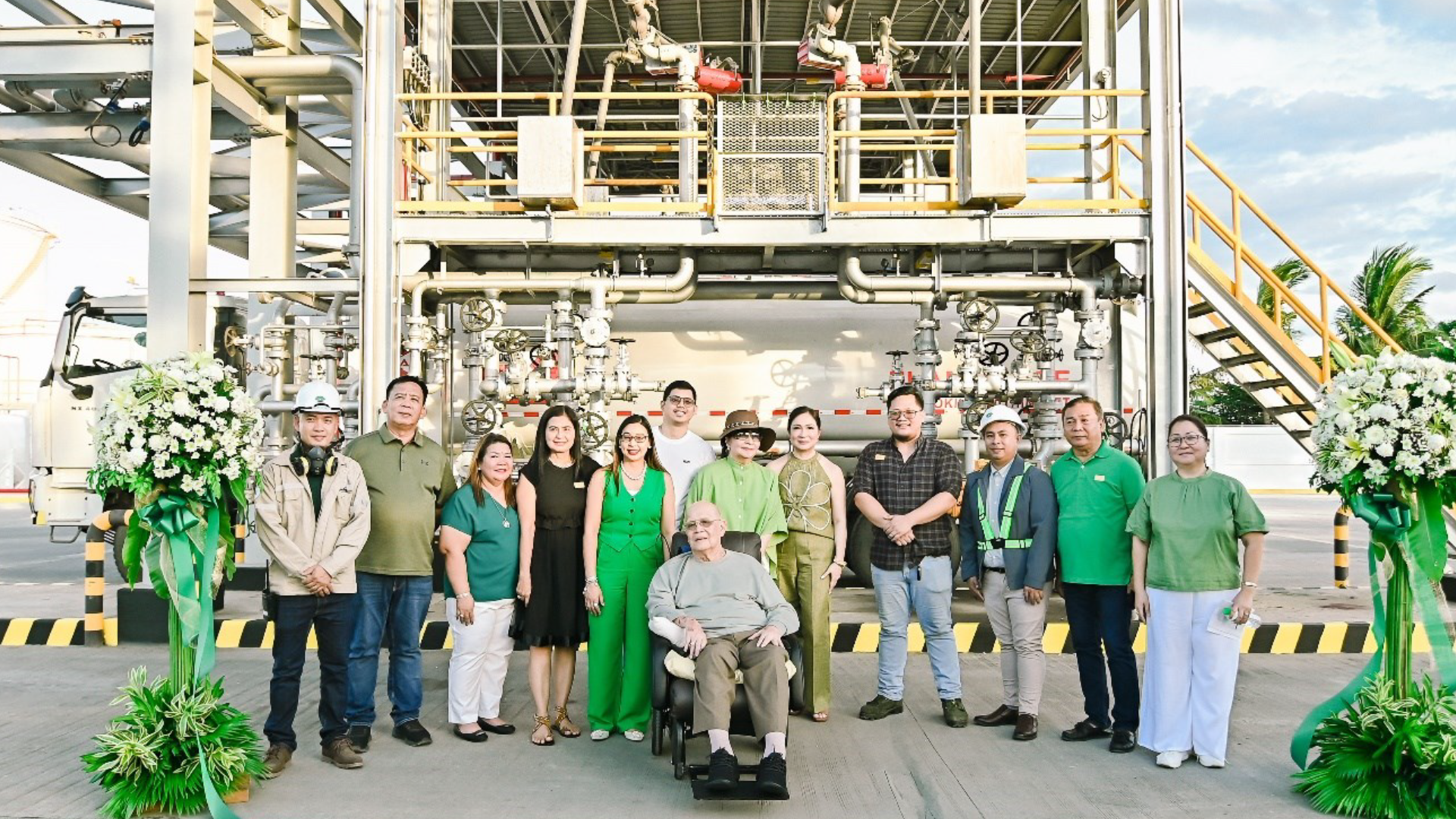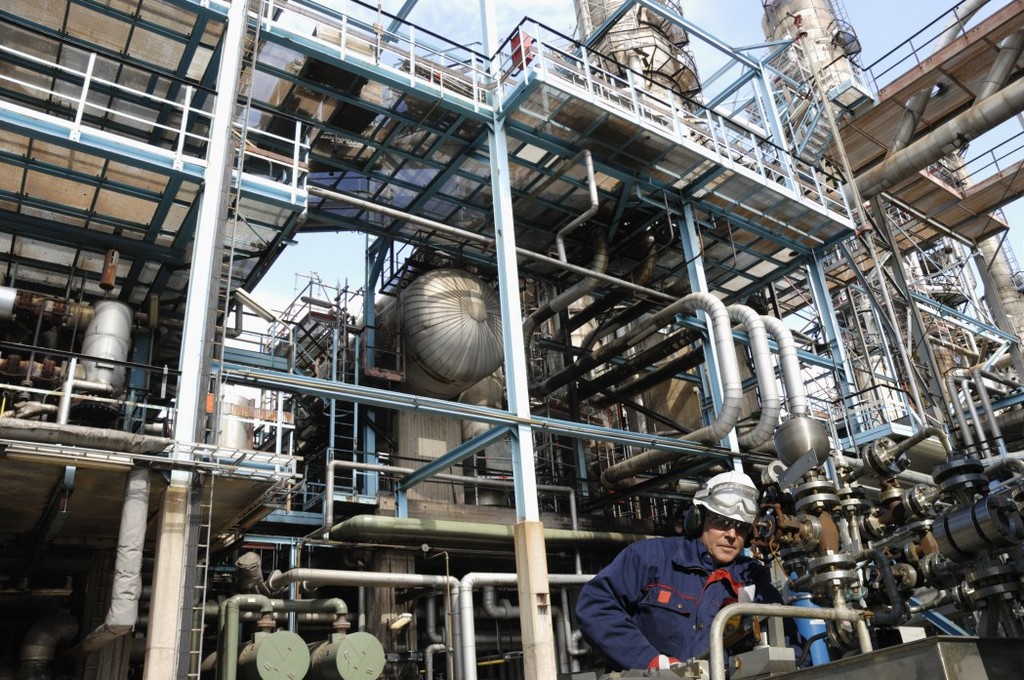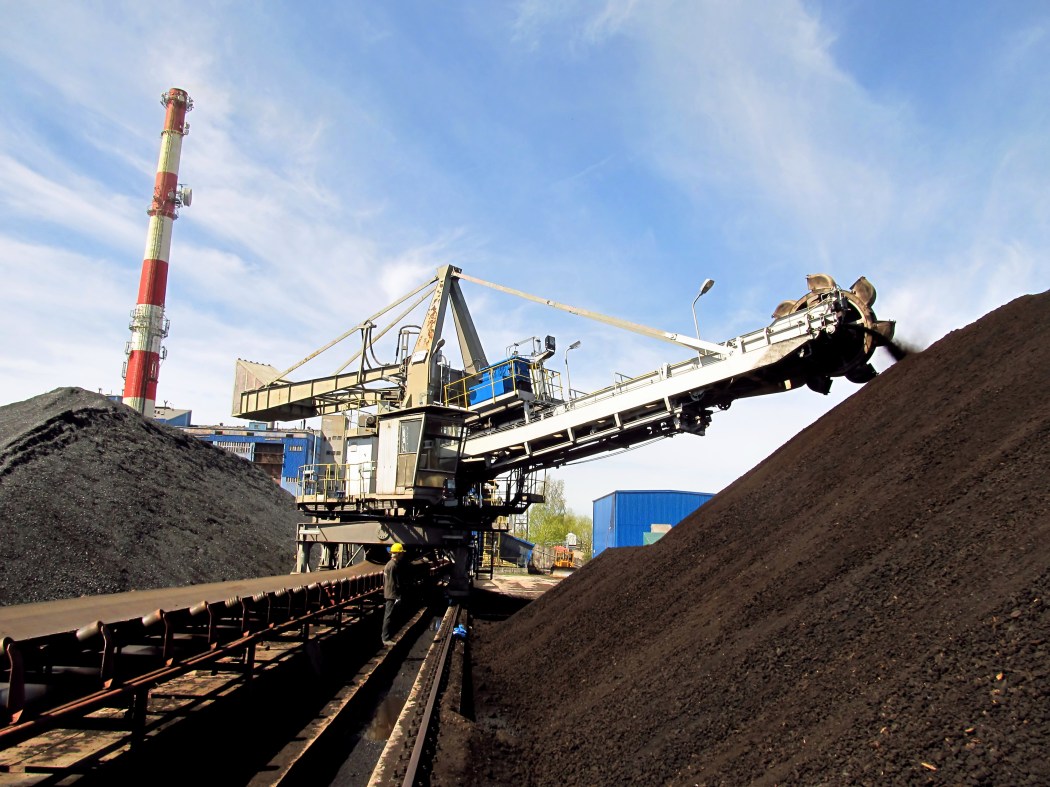PetroGreen Energy Corporation (PGEC), the renewable energy arm of PetroEnergy Resources Corporation (PERC), plans to roll out a 98-megawatt direct current (MWdc) solar power project and 20-MW battery energy storage system (BESS) in Capiz as part of its expanding renewable portfolio.
Maria Victoria M. Olivar, Senior Vice President for Operations and Business Development of PERC, told Power Philippines in an interview that PGEC already owns the land in the area and is doing permitting groundwork so the company can proceed once it gets the nod of the Department of Energy.
“Capiz is part of the Visayas grid where ancillary services are really thin,” she said. According to Olivar, the BESS, a standalone and not integrated with the solar project, will help with frequency regulation and stabilize the grid in the area.
The Capiz developments are part of a broader expansion across Luzon and the Visayas. PGEC’s 27 MW Dagohoy Solar Power Project in Bohol started exporting power to the grid in November 2024. The facility is expected to produce around 36 GWh annually, supporting tourism and household demand while reducing carbon emissions by 28,642 tons each year.
In Nueva Ecija, PGEC’s San Jose Solar Project began grid exports the same month. Originally planned as a 10 MW project, it was upgraded to 19.6 MWp and could generate 29 million kilowatt hours of electricity per year to the Luzon grid.
In Isabela, the 40 MWdc Limbauan Solar Power Project (LSPP) commenced installation of photovoltaic (PV) panels in March this year. The project is scheduled for completion in the third quarter of the year and will deliver electricity through a dedicated 69-kV transmission line.
Once completed, the LSPP will generate up to 59 GWh of clean energy annually, supplying power to approximately 33,000 households and reducing carbon emissions by an estimated 31,700 metric tons.
Over 300 residents, including women, participated in a solar panel installation training held last month. “We conduct solar training sessions in every community where we build,” said Olivar. “We want these projects to create green jobs, not just electricity.”
PGEC’s 25 MW Bugallon Solar Project in Pangasinan is also set for completion in the third quarter. The project secured a wheeling agreement with CENPELCO and is part of the Department of Energy’s Green Energy Auction 2 program.
PGEC is also advancing its wind development in Aklan through its subsidiary PetroWind Energy Inc. The Nabas Wind Project’s first phase, rated at 36 MW, has been operating since 2015. A second phase, listed with a 13.56 MW capacity, is now part of the DOE’s committed renewable energy pipeline in the Visayas and is expected to go online this year.
Meantime, Olivar said a new geothermal power plant is also underway. Maibarara Geothermal Inc., which operates the Maibarara Geothermal Power Project in Batangas, is developing a new plant—Maibarara 3. The planned unit will add 30 to 40 MW and is expected to be completed between 2029 and 2030. “Maibarara 3 is not an expansion—it’s a new plant,” Olivar said. “We plan to add 30 to 40 MW under the same service contract.”
To finance Maibarara 3, the company is in talks with banks and is also considering applying for the DOE’s Geothermal Resource De-Risking Facility (GRDF). “We’re very interested in the GRDF because it will help reduce upfront risks, especially for exploration,” she said.
The GRDF is a financing facility developed by the DOE and the Asian Development Bank to reduce exploration risks for geothermal developers. It aims to unlock up to $2.6 billion in downstream investments and support the development of 431 MW of new geothermal capacity. The program offers sub-loans that cover up to 50 percent of pre-development costs, such as drilling and seismic studies. The DOE is expected to roll out the program next year.
Meanwhile, PGEC continues its collaboration with Copenhagen Energy under the joint venture BuhaWind Energy Philippines, which holds three offshore wind service contracts. These include a 2 GW project in Northern Luzon, a 1 GW site in Northern Mindoro, and a 1 GW project off East Panay. All three have secured Green Lane Certificates from the Board of Investments, streamlining their permitting process. The Northern Luzon site is expected to begin operations by 2030, followed by Mindoro in 2031 and East Panay in 2033.
Follow Power Philippines on Facebook and LinkedIn for more updates.













